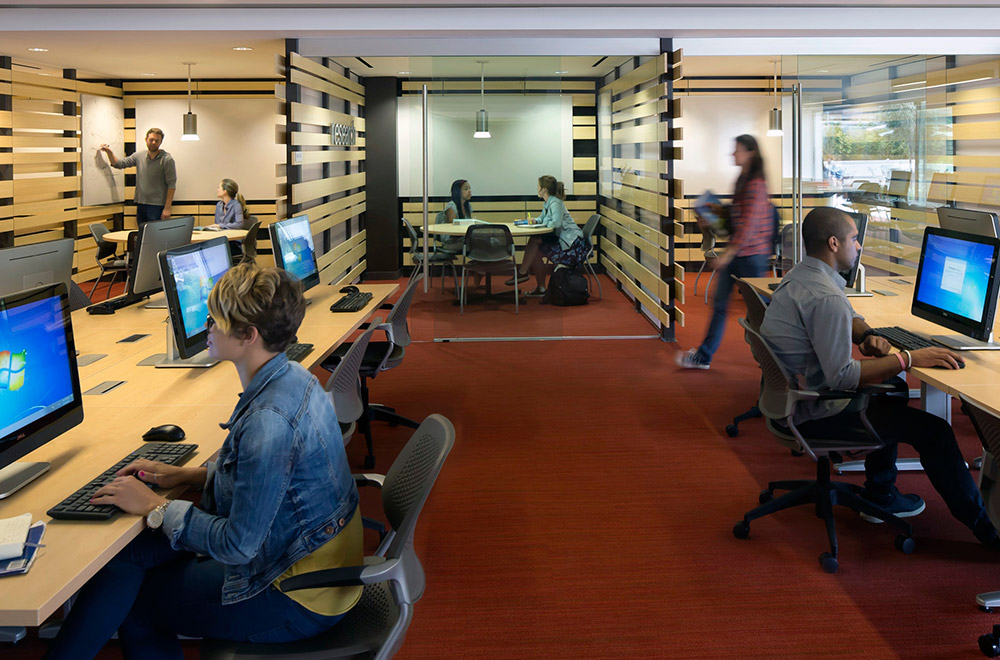Welcome to HMC Architects’ Five in Focus blog series, where we delve into the latest trends, ideas, and innovations shaping the future of architecture and design. This series is a conversation with our design professionals, inviting them to share what’s capturing their attention and offer unique insights.
Eric Skiba, AIA, LEED AP, Assoc. DBIA is a higher education principal at HMC. Here, he shares his insights on the civic role in higher education, the pandemic’s impact on enrollment, longevity and sustainability in community colleges, systemic challenges in the community college system, and the importance of activities outside our professions.
1. Exploring the Civic Role of Higher Education in Society
Beginning in 2022, for the first time in post-WWII history, the world has more authoritarian states than democratic ones. Democracy is not inevitable. It requires constant effort and attention, as well as people who are considered agents and co-shapers of their environments. Higher education institutions can promote the capacity to be such an agent or co-shaper. This is done at these institutions by bringing together individuals from diverse backgrounds, studying contemporary issues, fostering empathy, and collaborating across differences. It’s also done by offering space for reflection and practice of the knowledge, skills, and values needed in our society. This environment cultivates well-rounded, civically engaged citizens better equipped to contribute positively to society. Additionally, universities and colleges serve as hubs for civic engagement and community service, offering students opportunities to participate in local initiatives, volunteer work, and service-learning projects. These experiences enrich students’ understanding of societal challenges and empower them to address them actively. Students must learn how to participate in and navigate an increasingly complex world. Through partnerships with local organizations and government agencies, higher education institutions can extend their impact beyond the campus, fostering a sense of responsibility and commitment to the broader community. There is an urgency at this moment, and because of this urgency, we must consider essential concepts in civic education and engagement.
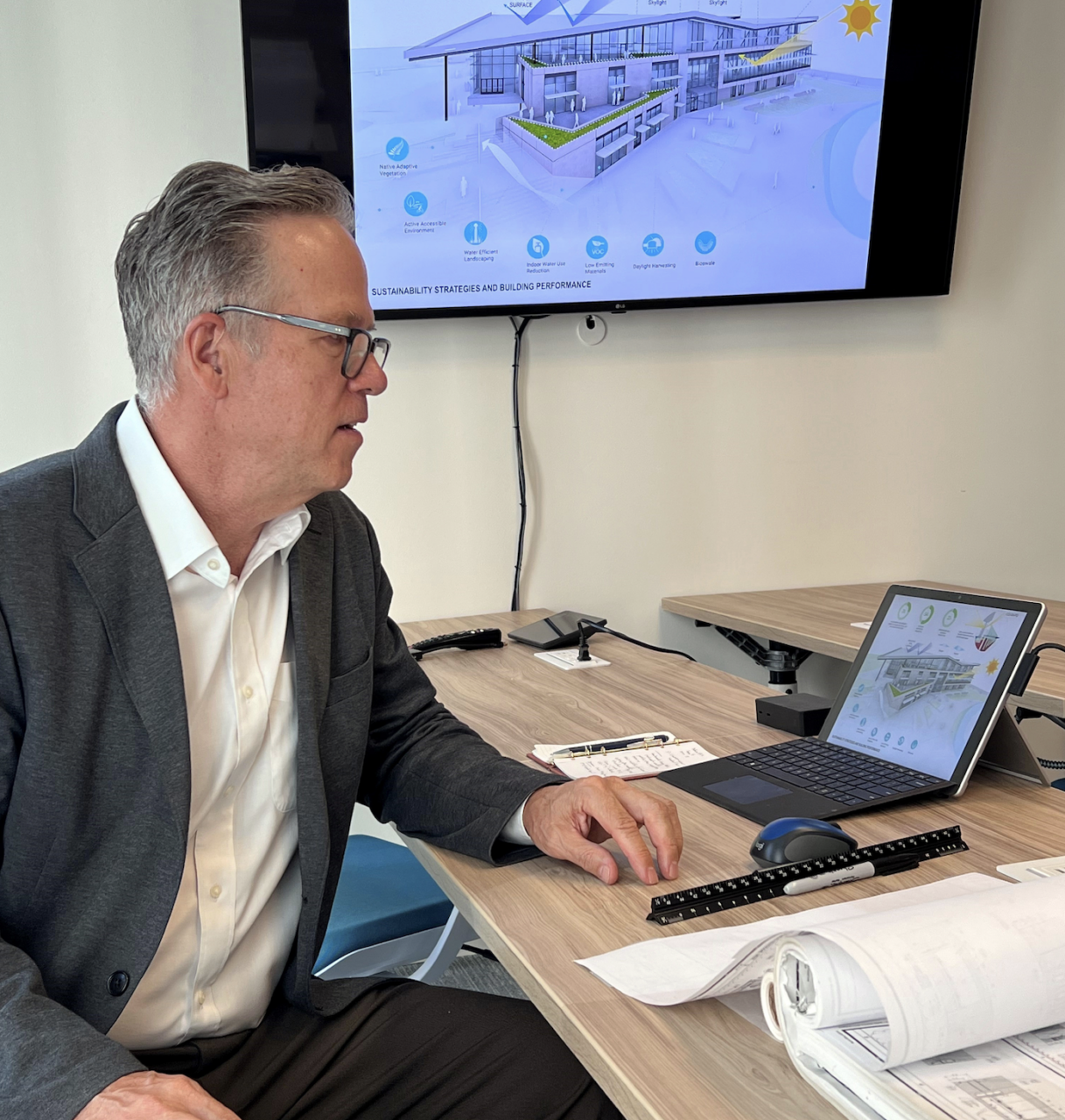
2. Examining the Pandemic’s Ripple Effects on Higher Education Enrollment
The pandemic has significantly impacted nationwide higher education enrollment, with undergraduate enrollment dropping by eight percent from 2019 to 2022. Many students chose to work during isolation instead of pursuing their studies, and some have opted to continue working rather than return to academia. Additionally, the pandemic’s financial strain has made some students question the value of higher education, given alternative pathways. Mental health challenges have also played a crucial role, as society has struggled to process the collective trauma experienced adequately. While necessary, the shift to online learning exposed and exacerbated the digital divide, leaving many students without reliable access to the internet or essential technology. This further discouraged enrollment and participation. The changing job market landscape, with an increased demand for skills over degrees in specific sectors, has also influenced students’ decisions to prioritize immediate employment opportunities over traditional college education. Institutions have been forced to re-evaluate their offerings, support services, and engagement strategies to address these multifaceted challenges and to adapt to the evolving needs and expectations of their prospective and current students.
3. Rethinking Building Longevity and Sustainability in Community Colleges
There’s a growing trend among community college districts to adopt Public-Private Partnership (P3) procurement strategies to address funding shortages. However, this approach may lead to substandard results compared to the University of California campuses, which have established robust material and detailing standards through years of experience. This rush towards P3 procurement could compromise the quality and longevity of community college infrastructure. Additionally, the focus on immediate financial solutions may overshadow the long-term sustainability and resilience of the buildings. Community colleges must balance financial constraints with the need for durable, energy-efficient, and environmentally friendly structures. Ensuring that buildings are constructed to last, with low maintenance costs and minimal environmental impact, is crucial for these institutions’ long-term success and sustainability.
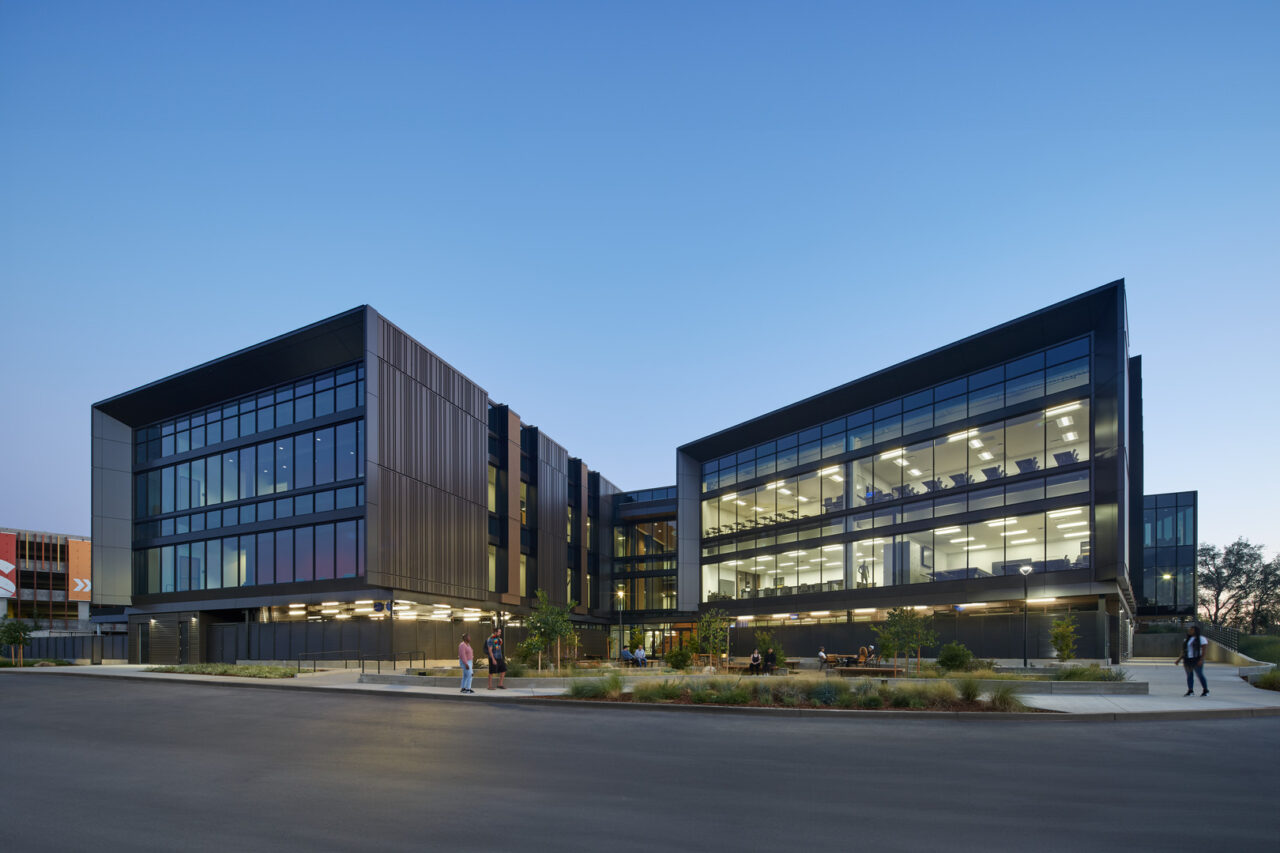
David Wakely Photography
4. Addressing Systemic Challenges in the Community College System
Community colleges’ challenges often extend beyond what the educational system alone can resolve. For instance, non-profits have had to use mobile facilities to provide unhoused students with basic needs like showers and laundry services. Some students remain on campus overnight to access Wi-Fi, while food insecurity remains alarmingly high. These issues highlight the urgent need for holistic solutions beyond the classroom. Addressing these systemic challenges requires collaboration between educational institutions, government agencies, non-profits, and the private sector. Innovative programs that integrate academic support with social services can help create a more supportive and inclusive environment for all students. Investments in affordable housing, reliable transportation, and accessible mental health services are crucial to ensuring that students can focus on their studies without the burden of unmet basic needs.
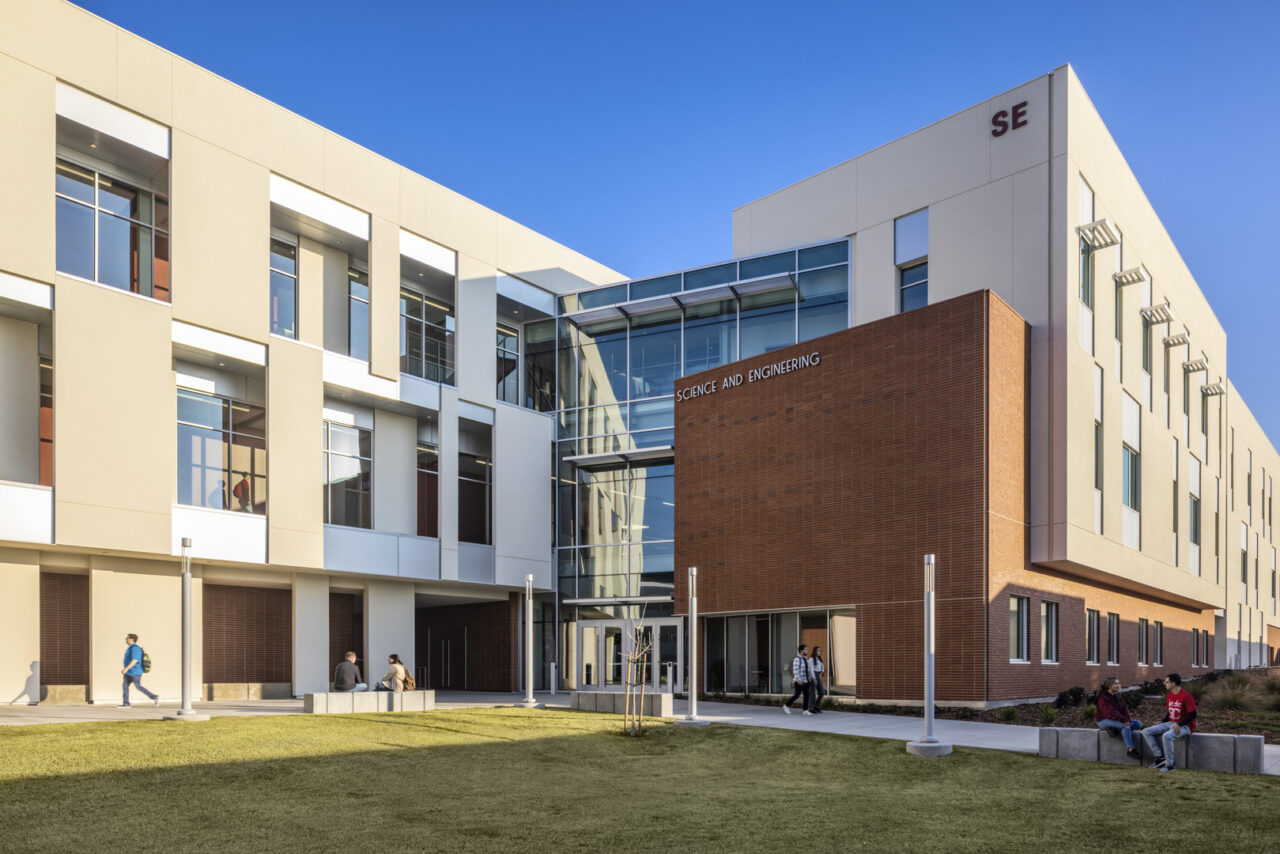
Lawrence Anderson Photography
5. The Importance of Activities Beyond Our Professions for Mental Health
Engaging in activities outside our professional lives is crucial for mental well-being. Whether skiing, surfing, dancing, or playing golf, these in-the-moment activities allow us to disconnect from our daily responsibilities and focus solely on the present. The mental clarity from such pursuits is invaluable, especially in our fast-paced world. These activities provide a much-needed mental reset, helping us return with renewed energy and perspective. Moreover, these extracurricular pursuits foster creativity, improve problem-solving skills, and enhance overall life satisfaction. Physical activities, in particular, release endorphins, reducing stress and promoting happiness and relaxation. Social activities, such as group sports or dance classes, also offer opportunities to build connections and support networks, essential for emotional resilience. Regularly engaging in hobbies and interests outside of work can improve work-life balance, mental health, productivity, and provide a more fulfilling life.
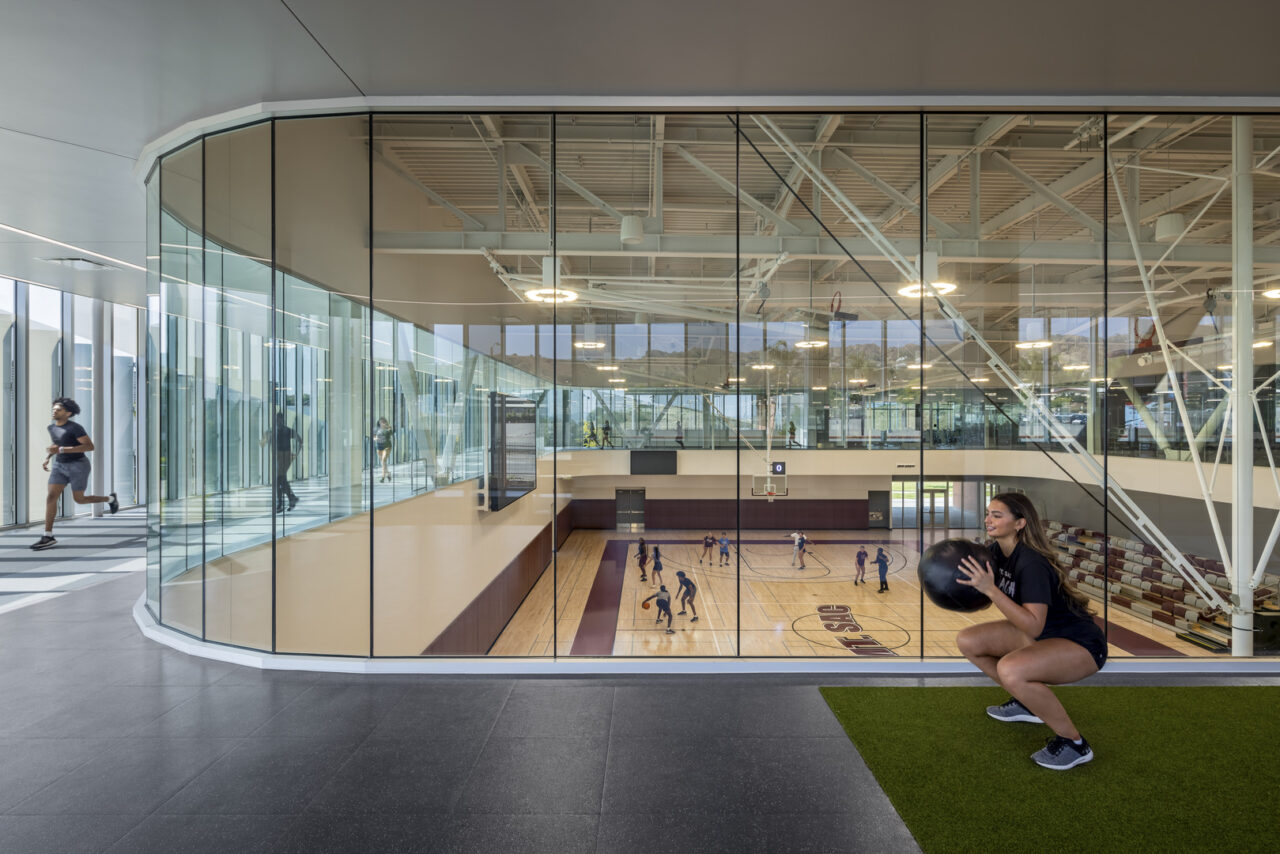
Lawrence Anderson Photography
